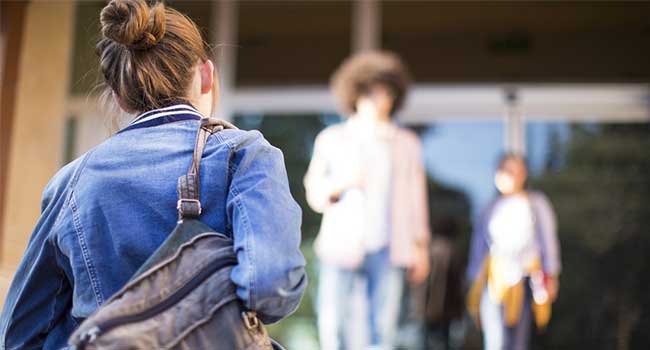
New York School District Updates Policy on Facial Recognition
The Lockport City School District is exploring additions to its security policy that includes facial recognition software.
- By Sydny Shepard
- February 14, 2019
The Lockport City School District is looking to make some additional updates to its recently passed security policy that deals with the facial recognition software installed on security cameras at area schools.
LCSD spent $1.4 million on Aegis, a facial recognition software that scans faces to see if any of them match a database of people that are not allowed onto the campus. The software also detects shapes, such as restricted items.
Assistant Superintendent for Personnel Lisa Schrader said the additions to the policy titled, "Operation and Use of Security Systems/Privacy Protections" were proposed to make sure the policy is as clear as possible.
One of the additions clarifies the assistant superintendent of personnel, director of technology and director of facilities have password-protected access to any database system.The addition says they are identified as having the highest security privileges and that all district officers and staff who are provided access to security hardware systems and databases will receive training.
Another upgrade to the policy says that if a security alert is generated as a misidentification of a student, no record of the alert will be maintained as part of the students record. Although it will be maintained for purposes of continuing to audit and review of the security system operation.
The policy adds that the Board of Education will be notified in a weekly update when a suspended student or staff member is added to the database. The database list includes a potion saying that "anyone believed to pose a risk" to the district based on "credible information."
Another addition says that after verifying an image in an alert, the alert is then sent to law enforcement.
The policy's section for privacy says that the cameras only capture images and images collected are stored for no longer than 60 days, unless the information is part of an investigation or retained in conjunction with a log of security alerts.
If the information is retained longer than 60 days, it must be directed by a districtwide or building-level administrator and reported to the superintendent.
About the Author
Sydny Shepard is the Executive Editor of Campus Security & Life Safety.